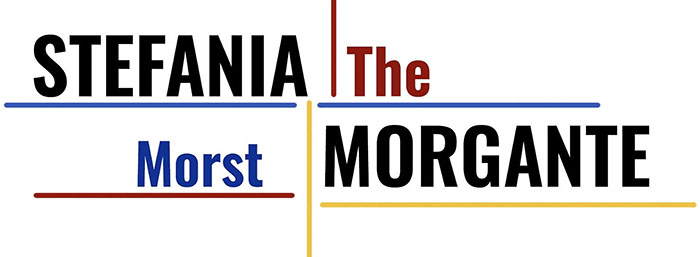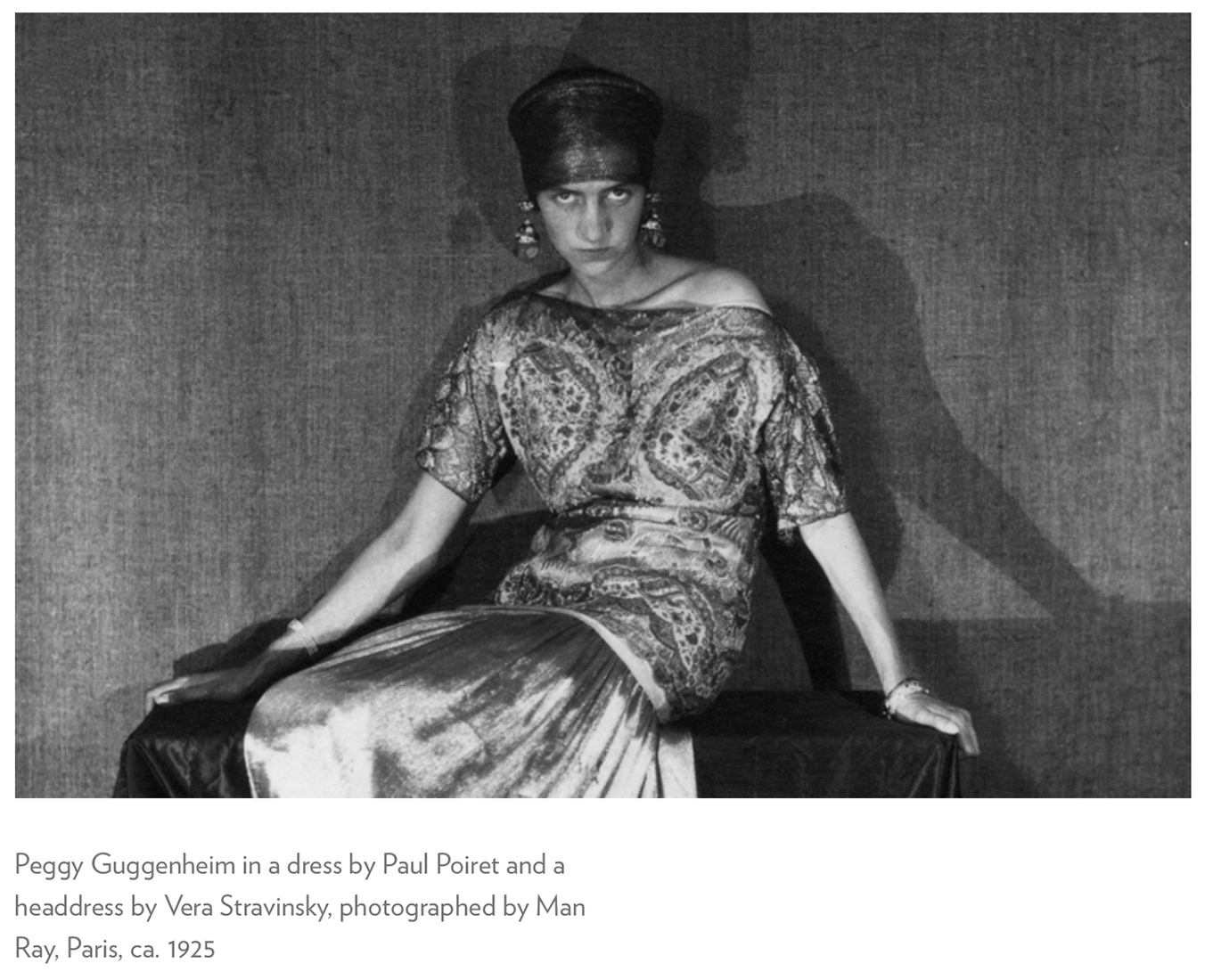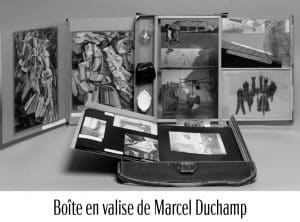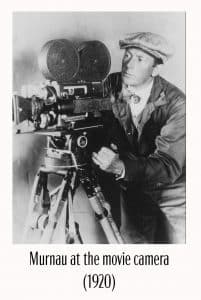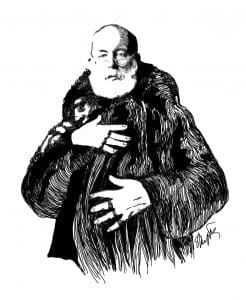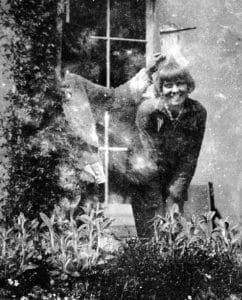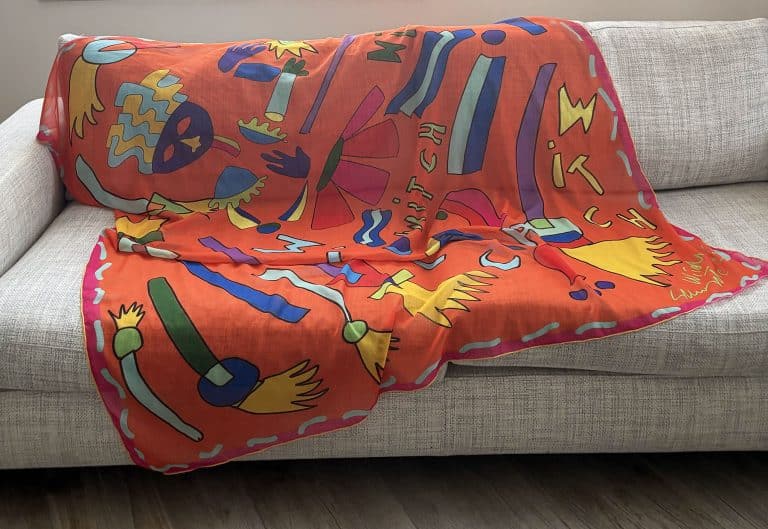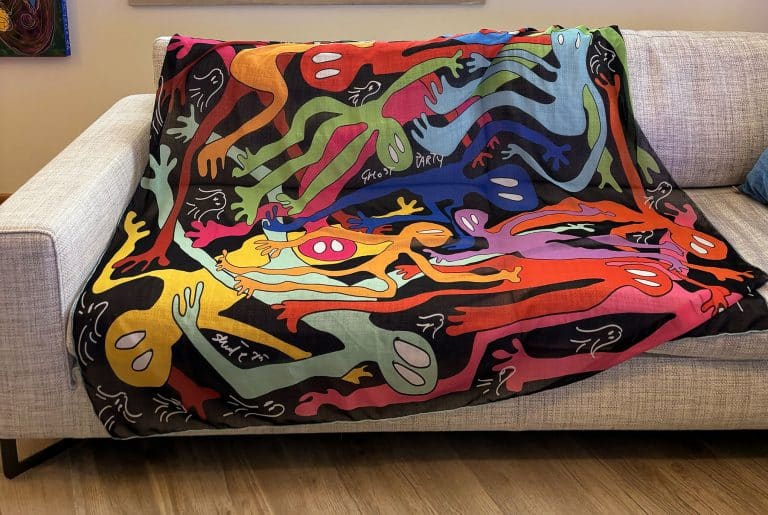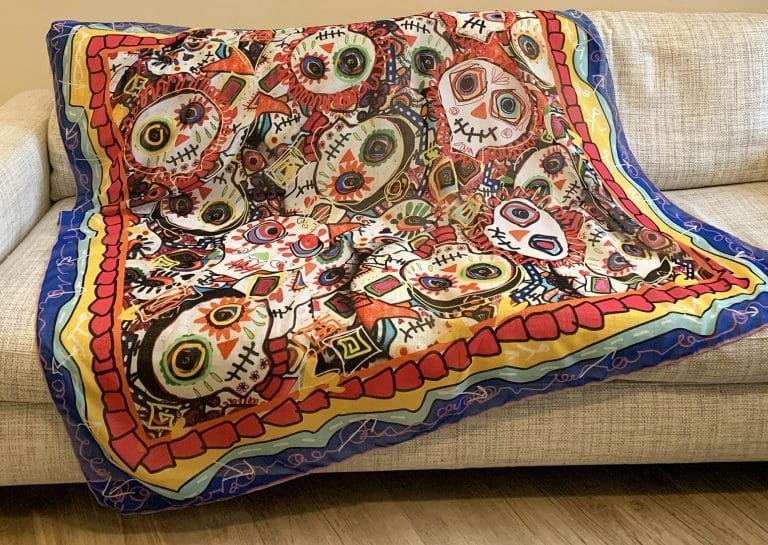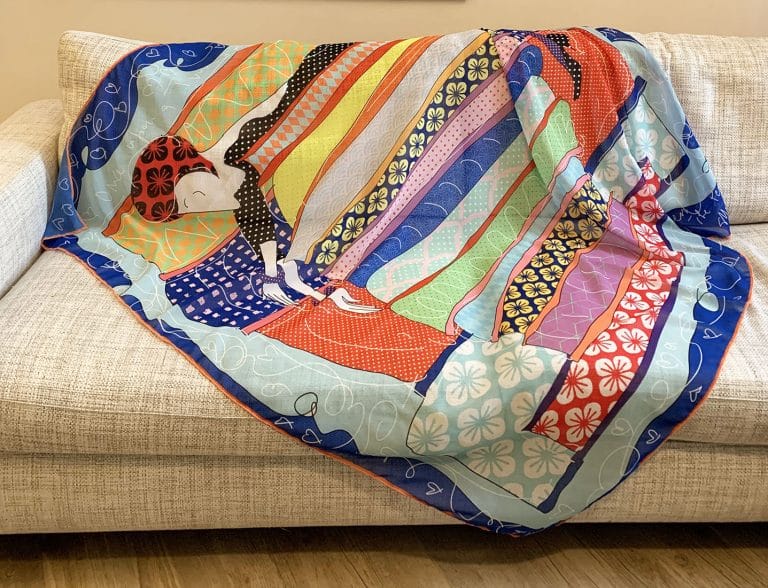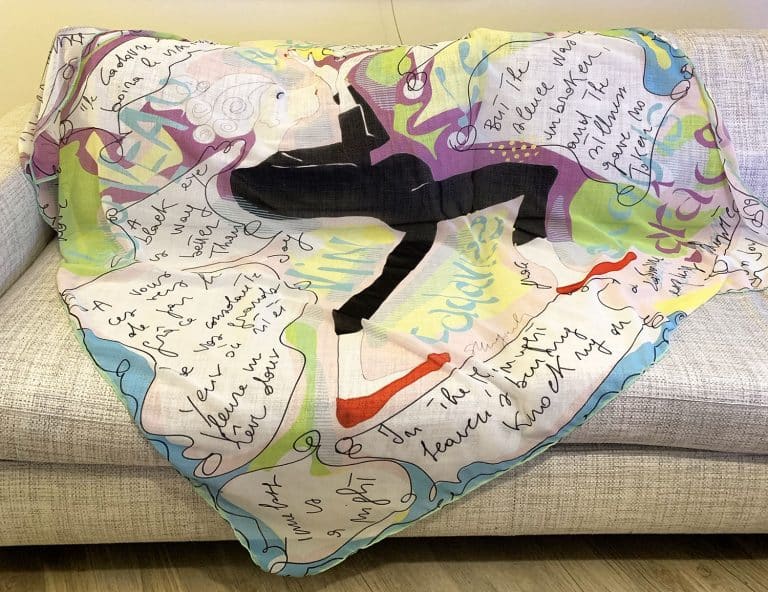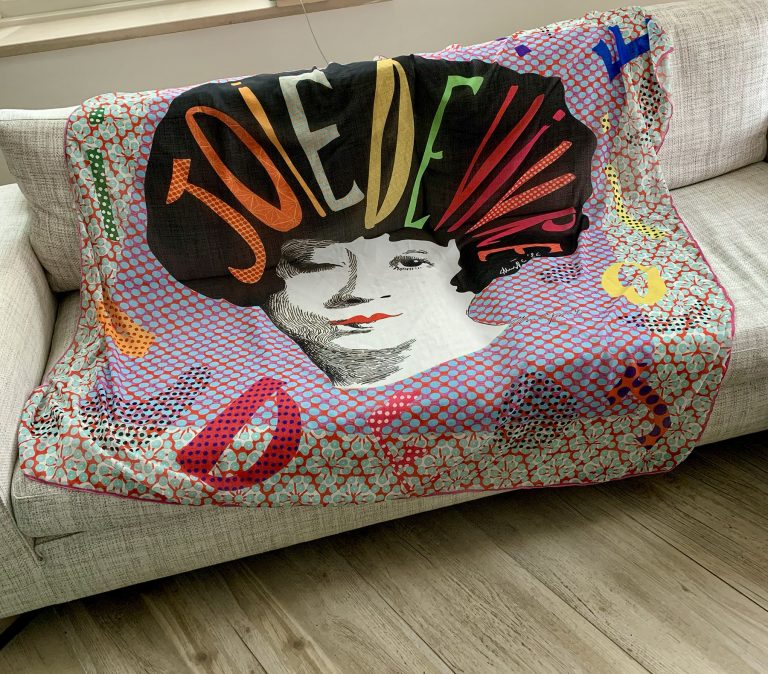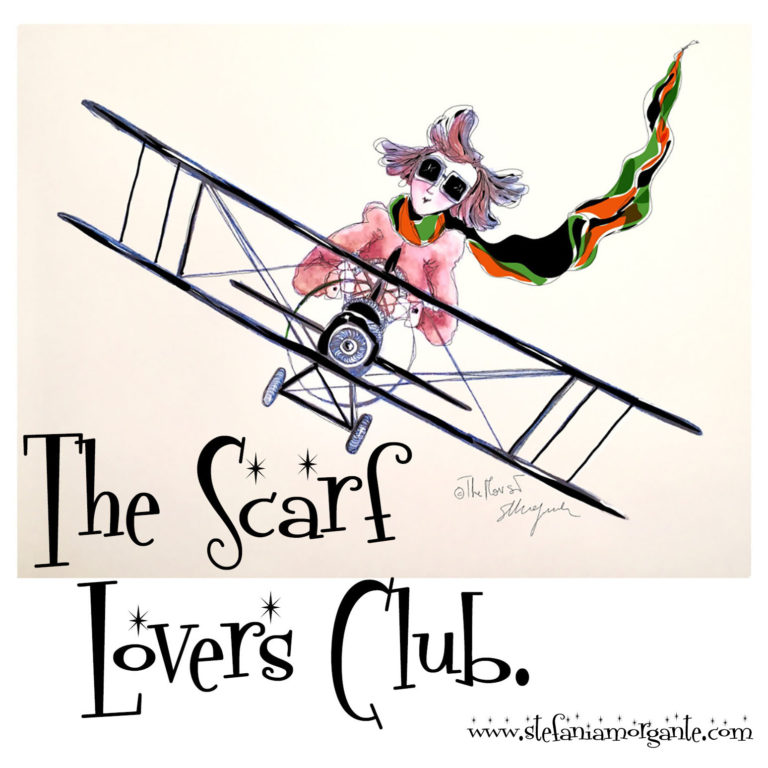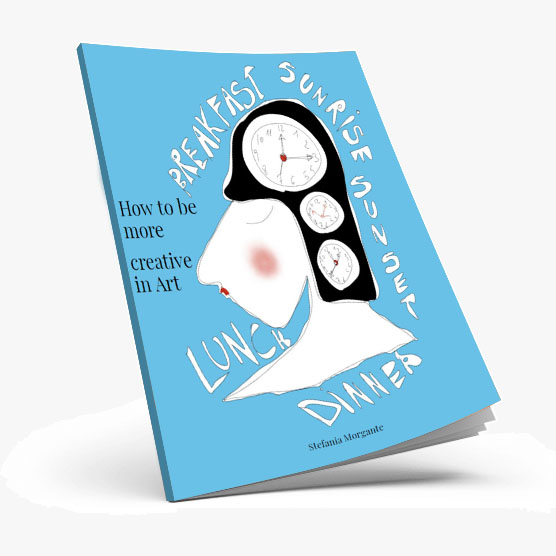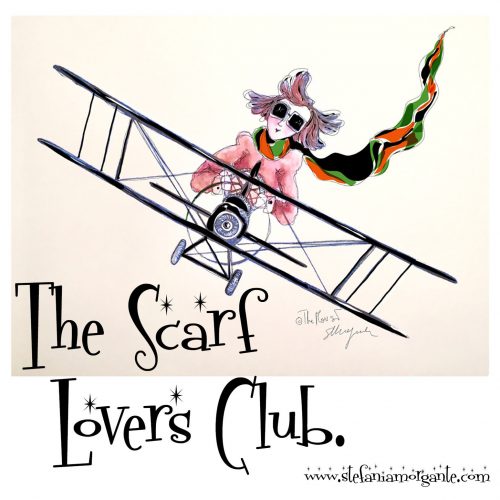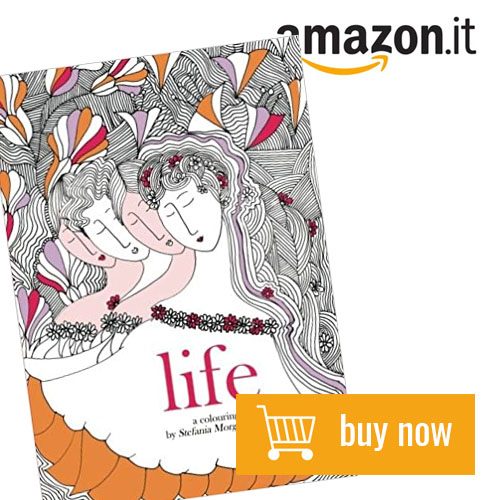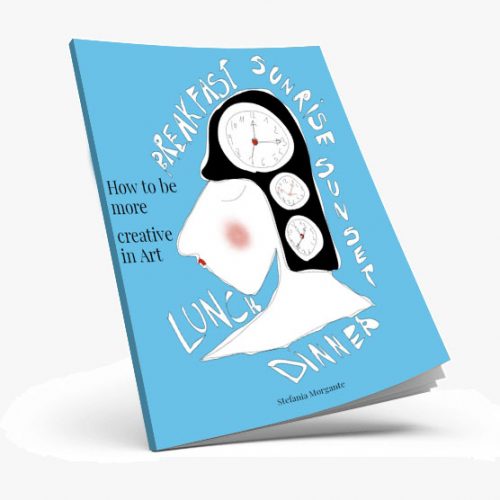Rethinking stereotypes and myths.
In a world where creativity knows no boundaries, stereotypes and stigmas can still wield immense power. From the tortured artist to the whimsical dreamer, these misconceptions have seeped into our collective consciousness, limiting the potential and reach of creative individuals.
But it’s time to shatter these constraints and embrace the true diversity and power of creativity.
In this article, we delve into the world of creativity, exploring the stereotypes that have plagued it for far too long and the impact they have on artists, musicians, writers, and beyond. We’ll uncover the hidden truths behind these stereotypes, challenge the misconceptions, and provide insights into how we can overcome them. Join us as we break down the barriers that hinder the artistic community.
Let’s celebrate the unique perspectives, unconventional paths, and incredible talents that fuel the creative industries. Together, we can pave the way for a more inclusive and empowering future, where creativity is recognized and celebrated in all its forms. Unleash your creativity and join us on this journey of unraveling stereotypes and redefining the world of creativity. It’s time to shatter the stigma and embrace the vibrant tapestry of possibilities that lie within.
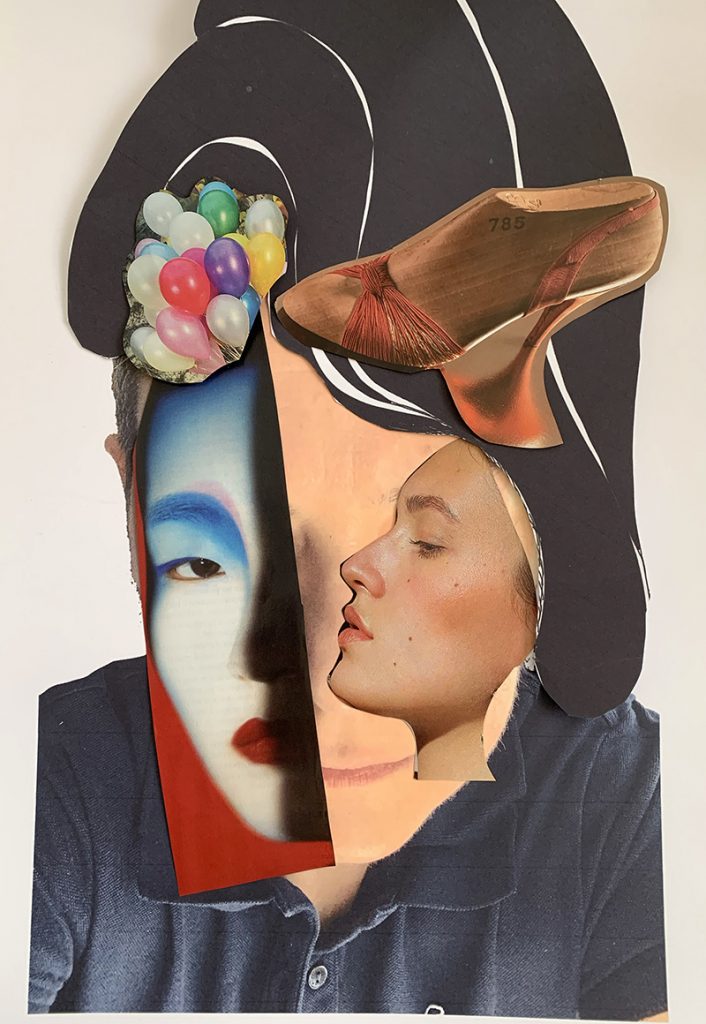
What do they say about you?
That you are messy and therefore you are an artist.
That you dress in many colors and so you are clearly an artist.
That you live on clouds and therefore if an artist.
You have a changeable and unreconcilable personality so you are an artist.
Too simple right?
Michelangelo apparently had a gruff, borderline impossible temperament.
Canaletto would argue with anyone.
Caravaggio would pull out his sword for every trifle.
Not to mention Van Gogh, hypersensitive and deeply troubled throughout his life.
Modigliani defined angel and devil at the same time.
For women artists useless to prolong.
Almost nonexistent for centuries in official history, they had bad characters almost ex officio.
They had to find space and time in the midst of a life overburdened by work at home and in the family: clearly every choice they made was a personal challenge, and so characters were inevitably shaped by the struggle for survival.
But character does not make us artists.
Nor does it make us more creative.
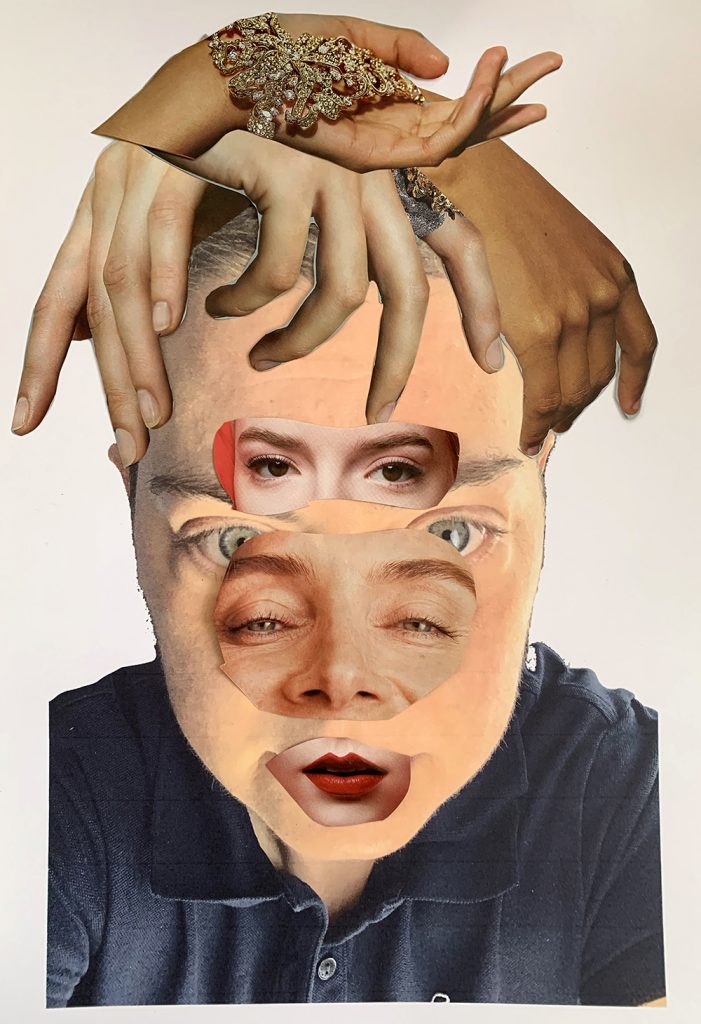
So why does the collective imagination define creativity by how we dress, how we talk, how we interact with the world?
We might say that dressing and adorning ourselves in eccentric clothes and jewelry makes us in the eyes of others projected into the world of creativity.
But this is not always the case.
Giorgio Armani, a great fashion creator, almost always dresses the same way: white T-shirt and black pants or black or blue pullover and dark pants.
Peggy Guggenheim, great inspiration and companion of artists, wore objects created not by her. Patron of art, great sensibility, but not artist.
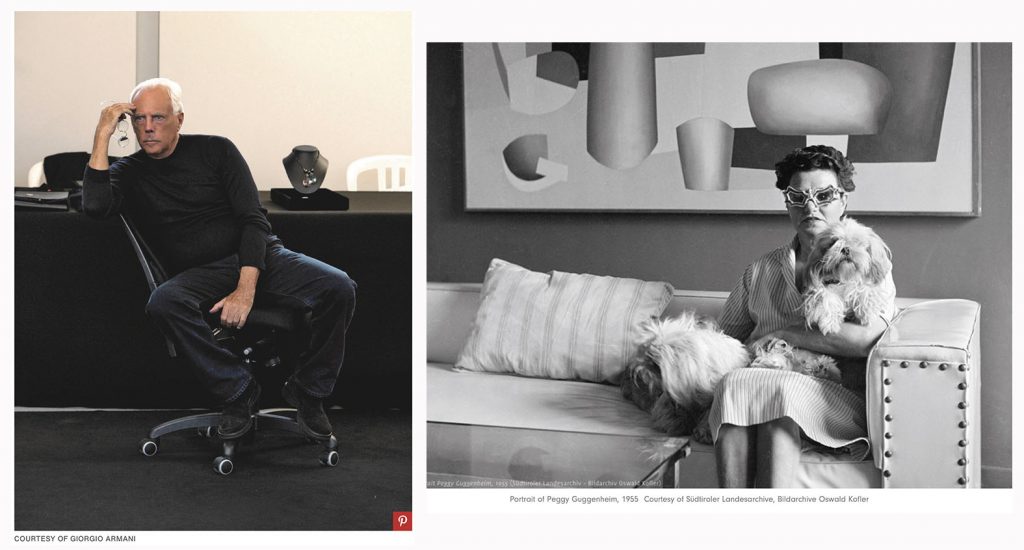
One only has to observe people on the street to draw the conclusion that many people express their creativity in dressing but are not creative because they wear certain clothes.
Having a bad temperament and dressing whimsically therefore, do not make us artists or creative people.
Another cliché is to think that clutter is a determining signal about a person’s creativity.
Francis Bacon’s studio was a borderline insane layering of colors, objects, drawings, things found on the street, newspapers, food-an incredible mess.
Francis Bacon was a great artist.
But on the other hand, Matisse had a very neat studio. And Matisse was also a great artist.
Several university studies, however, have decreed that having a messy desk gives us the opportunity to be creative.
Einstein’s desk was a chaos of notes, books and papers.
Roald Dahl was also a remarkable clutterer.
But I have news for you: being messy does not make us artists or creative.
Wearing eccentric clothes, having a bad temper, and being messy may well fool those who look at us, but it does not make us artists.
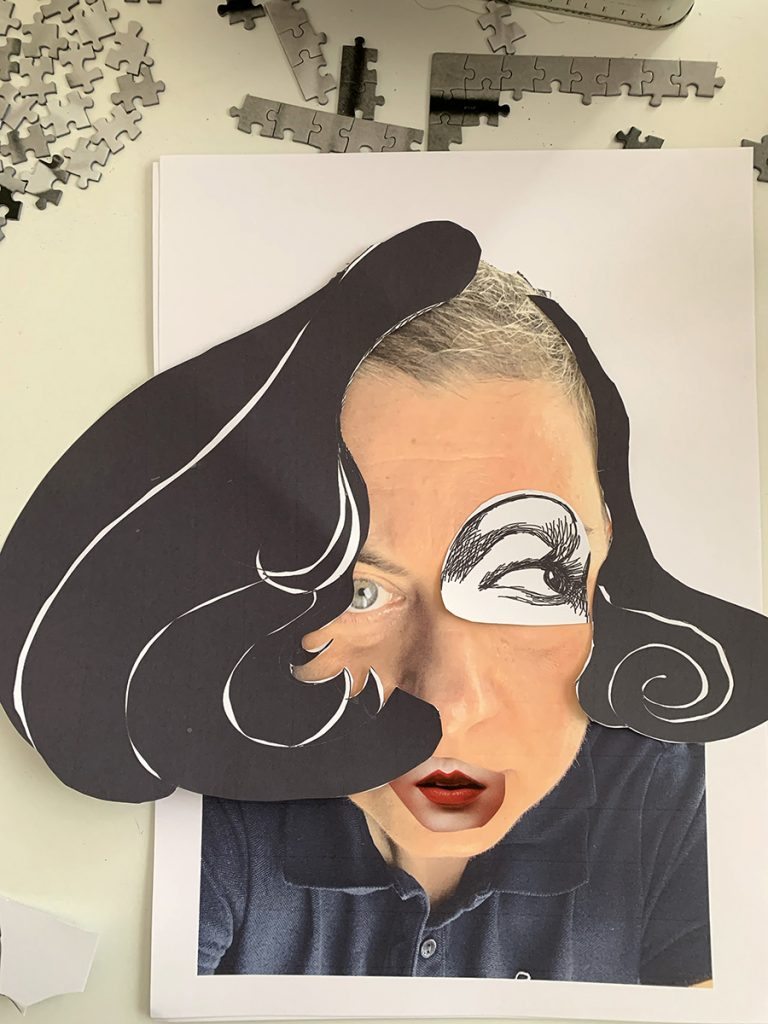
Do you live in the clouds?
Are you always absorbed in your thoughts?
Perhaps you are solving the most intricate mathematical puzzles or perhaps you are simply wandering in the galaxies of the thought void.
It is not consequential to be on the clouds and thus wander in imagination.
Picasso, Monet, Einstein himself, focused differently from ordinary people.
When we are distracted, we may think that the brain does not want to do something, it is getting bored.
It seems that the more distracted we are, the more our brain has a good amount of neurons.
But it could also be stress or fatigue.
Creativity travels along with distraction. But you cannot come to the conclusion that you are creative because you are distracted.
So wearing eccentric clothes, having a bad temper, being messy and distracted can make us creative and artistic or maybe not.
At this point I ask you: what do you find yourself in? do you dress eccentrically? are you distracted? do you have a bad temper?
As for me, I don’t wear anything eccentric, I use few colors, I have a bad temper according to many people, I am neat, I distract little, and I don’t live in the clouds.
But when I am in the studio I use all the colors, I get lovable, messy and distracted.
Am I an artist, I don’t know.
In the meantime, wear a new identity with a simple exercise you see here in the video.
Take an image of yourself and change your features, dress in new clothes and expressions, reinvent yourself or bring to the surface what you feel unconsciously. Use shapes cut out of newspapers or other photos.
Cut out, compose, create.
Who are you really?
